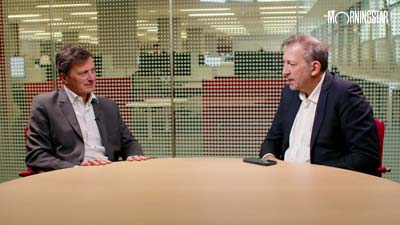TRANSCRIPT
Valerio Baselli: Hello and welcome. Today I'm joined by Hortense Bioy. She is European Director of Passive Fund Research at Morningstar.
Hello, Hortense. Thanks for being here.
Hortense Bioy: Thanks for having me.
Baselli: So, Morningstar just announced the launch of a new tool for investors, the Analyst Rating for ETFs. Could you please tell us a bit more about that?
Bioy: Yes, absolutely. So, by the end of this year, we plan to assign analyst ratings to about a 100 of ETFs domiciled in Europe and for that we will use the same methodology as the one that Morningstar analysts use to rate managers. So, we will rate ETFs based on the analysis of the five same pillars, which are, the process, the performance, the price, the parent and the people and the objective being to help investors select the right indices and the right ETFs for their investment portfolios.
Baselli: So, everyone who knows Morningstar is familiar with our qualitative research on traditional mutual funds. What are you focusing on more specifically when you analyze ETFs?
Bioy: So, when we analyze ETFs and any passive fund more broadly, we really focus on the index, so the process, the performance and the price. So, the index and the price, I would say, are really two key components for the analysis of passive funds and ETFs in particular.
Baselli: Ratings are useful tools but they are intended to replace due diligence work. So, how should investors use them?
Bioy: You're absolutely right. Any ratings, whether it's the Star Rating or the Analyst Rating, are just tools in an investor's toolbox and they are not meant to replace investor's due diligence process. So, it's very important that they keep that in mind. This is not the end (indiscernible) and the Analyst Rating is not a buy recommendation and it's not a market call. They need to bear in mind as well that all ratings are not necessarily appropriate for all investors.
Baselli: Thanks a lot, Hortense.
Bioy: Welcome.
Baselli: For Morningstar, I'm Valerio Baselli. Thanks for watching.





















